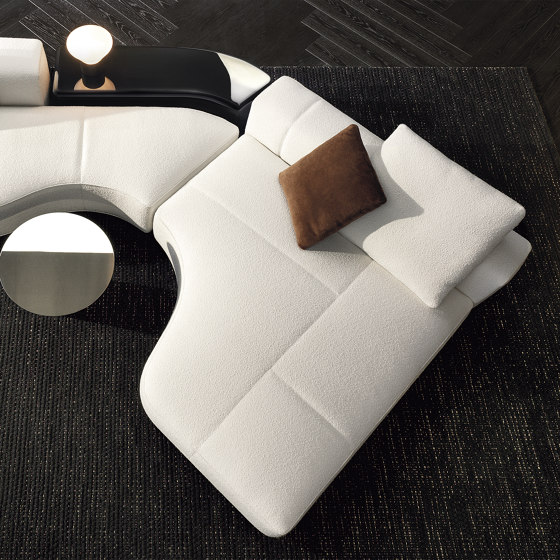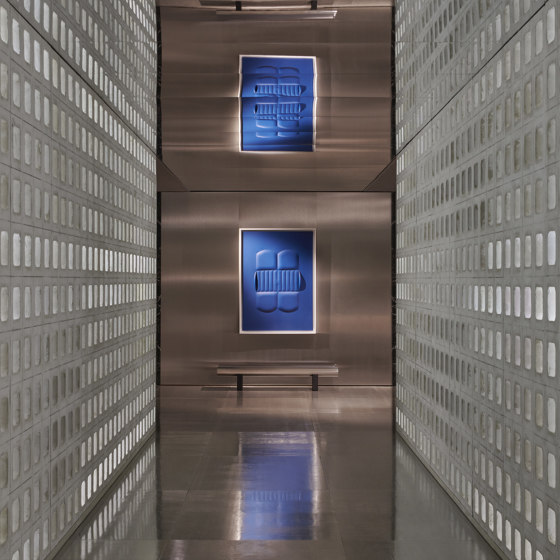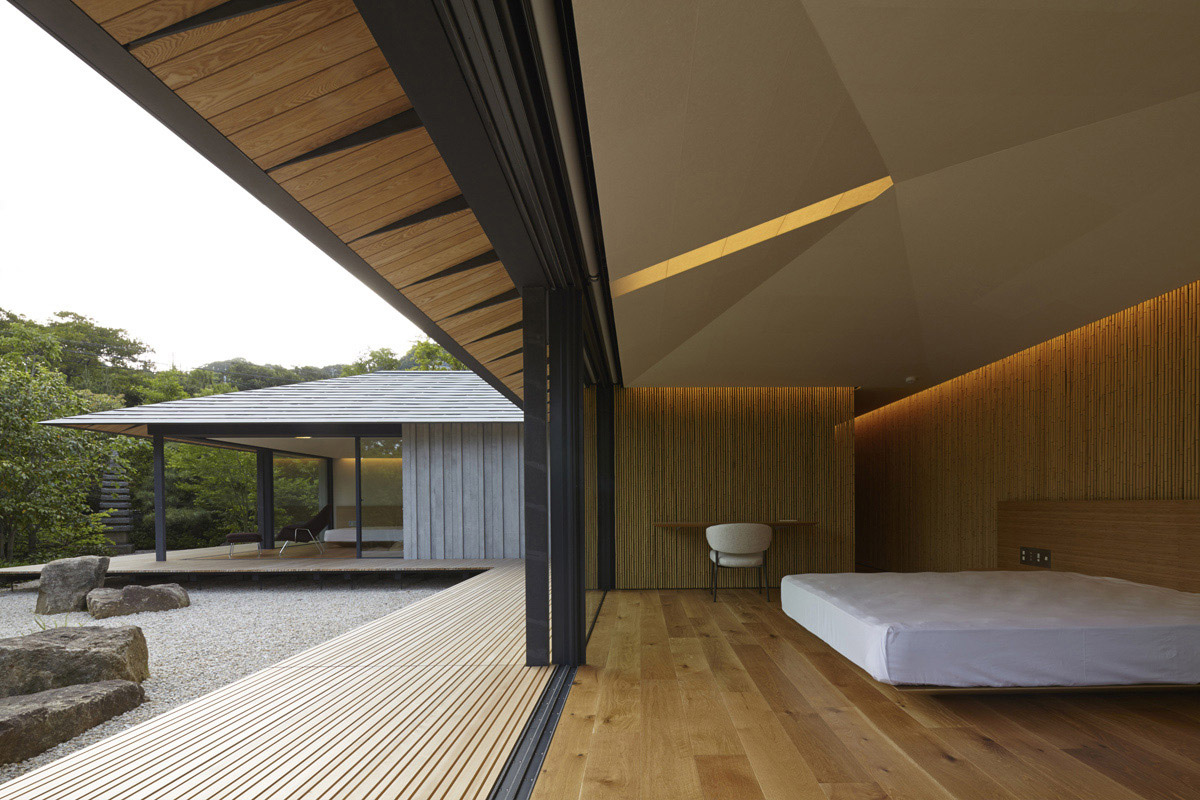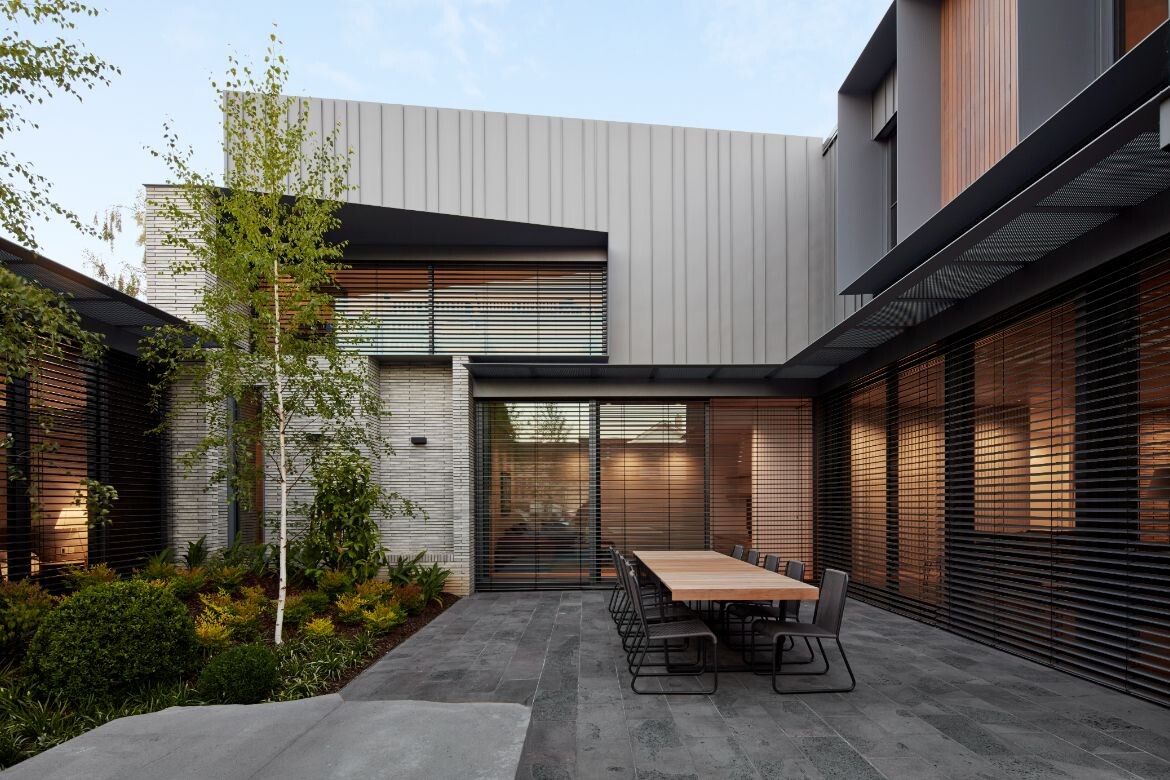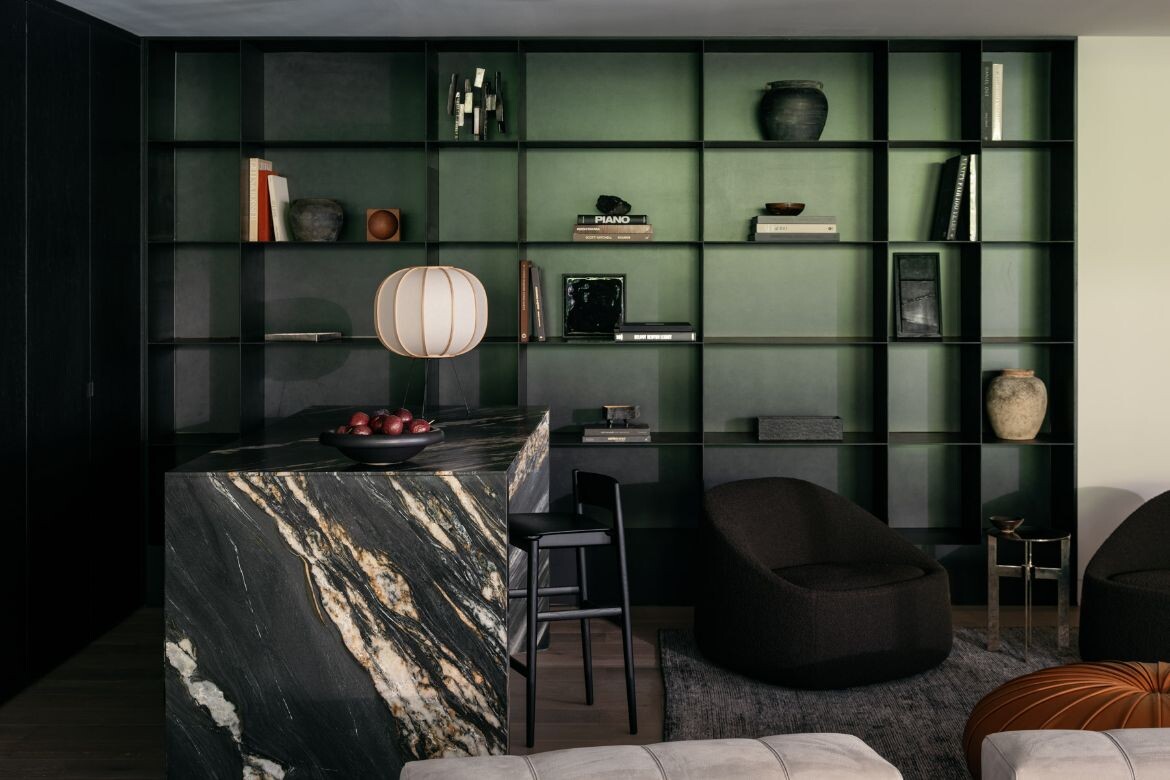Who is making your furniture? | Stuart Stump Mullens
Today, it is estimated that less than 20% of case goods (or wood furniture) and less than 50% of upholstered furniture that is sold in the U.S. is made in the U.S.

By Stuart Stump Mullens, Stump & Company
The U.S. furniture industry relies on global manufacturing, and it seems there is a never-ending search for cheap labor. Today, it is estimated that less than 20% of case goods (or wood furniture) and less than 50% of upholstered furniture that is sold in the U.S. is made in the U.S.
This movement away from domestic manufacturing started in the 1990s with the Philippines and Taiwan, then jumped across to Mainland China, where labor, infrastructure and capital created a massive shift away from U.S. manufacturing, particularly in case goods. Upholstery followed shortly thereafter due to the huge textile industry in China, centered in the Shanghai/Hangzhou region.
With the emergence of the mid-2000s duties on wood bedroom furniture and the 2018 “Trump tariff” on most Chinese goods, there was a rush to Vietnam, which became the “go-to” source country, as many of the major Chinese owners shifted resources South. But Vietnam is a small country with a limited and now fully employed population.
So, where next?
India has the potential to become the next significant player in the global furniture sourcing market for several reasons:
- Abundant raw materials: India has access to a diverse range of raw materials such as wood, bamboo, cane and other natural resources necessary for furniture production.
- Skilled labor force: India possesses a large pool of skilled craftsmen and artisans with expertise in traditional woodworking techniques as well as modern manufacturing processes. And the population of India is expected to grow rapidly over the next generation, far surpassing the declining population of China, thus providing continued access to workers.
- Cost competitiveness: Compared with other manufacturing hubs, India offers relatively lower labor and production costs, making it an attractive destination for sourcing furniture, especially for mid-range and affordable segments.
- Growing infrastructure: India’s infrastructure is improving steadily, with investments in logistics, transportation and industrial parks, which can enhance the efficiency of furniture manufacturing and distribution.
- They speak English: Due to the United Kingdom’s colonialization of India, English is widely spoken, which will allow easier access for and communications with US companies.
While India has the potential to become a major player in furniture sourcing, it also faces challenges such as infrastructure bottlenecks, regulatory hurdles and competition from other global manufacturing hubs. However, with the right investments, policies and industry collaboration, India could indeed emerge the next significant contributor to the global furniture market.
The other location that has gotten increasing traction in recent years is Mexico. This location has surged for several reasons, and it gained particular traction in 2021 and 2022 as the container rates skyrocketed during the pandemic years.
Mexico continues to be pursued because:
- Cost advantages: Mexico offers lower labor costs compared with the United States, making it an attractive destination for manufacturing.
- Proximity to markets: Mexico’s proximity to the United States allows for easier transportation of goods, reducing shipping costs and lead times for furniture exports to the lucrative U.S. market.
- Trade agreements: Mexico has favorable trade agreements, such as the USMCA (United States-Mexico-Canada Agreement), which facilitate trade with its North American neighbors and beyond.
- Skilled labor force: Mexico has a relatively large pool of skilled workers, particularly in manufacturing, which further attracts companies looking for qualified personnel.
We are increasingly seeing (and recommending) a balance sourcing approach of domestic, near shore, and global options to enable agile responses to the increasingly complex world in which we all live.
See also:
What's Your Reaction?















